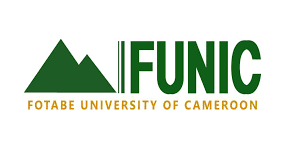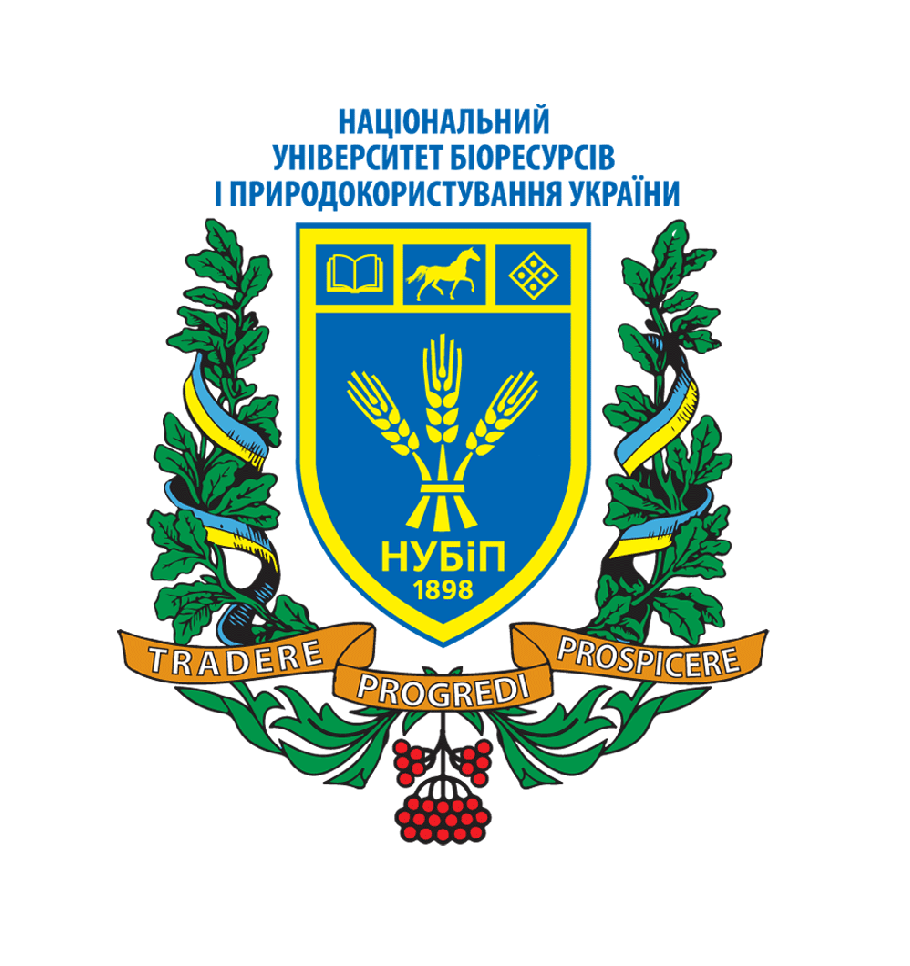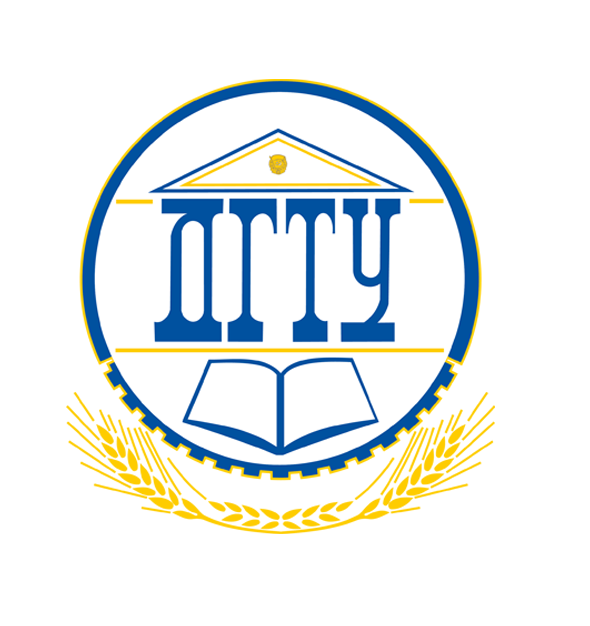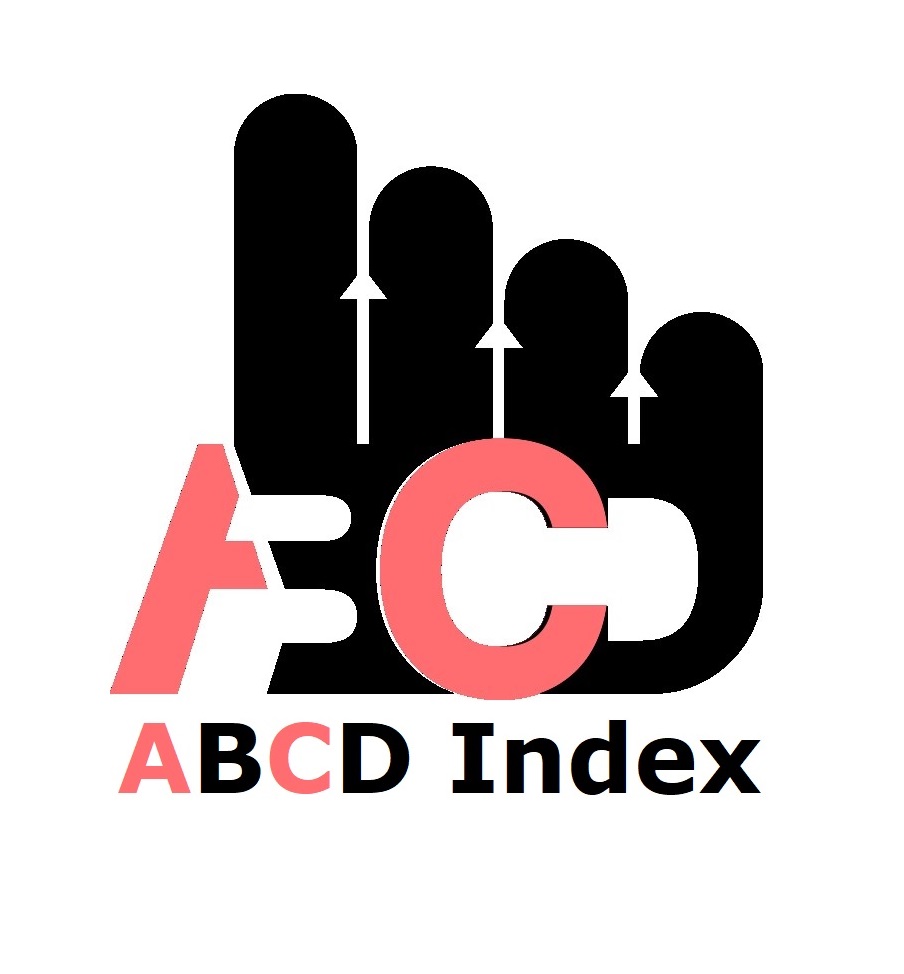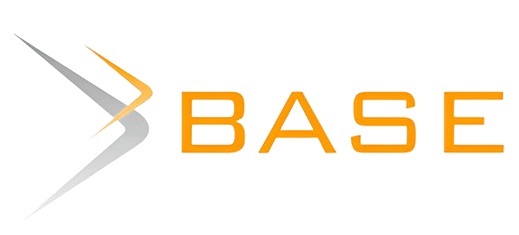Challenges encountered in the provision of chaplaincy programmes on student psychosocial adjustment and academic performance in public secondary schools in Kakamega County, Kenya
Palavras-chave:
Academic, Challenges, Chaplaincy Programmes, Kakamega County, Public Secondary Schools, StudentsResumo
Many learning institutions around the world have endeavoured to develop chaplaincy in the past decades. Literature reviewed however reveals that education systems in African countries and more specifically Kenya have been overburdened by rote learning which negates the real purpose of education that is to address secular, religious and ethical concerns coherent with world view. Despite the recognized benefits of chaplaincy programmes in promoting students’ psychosocial adjustment and academic performance, several challenges hinder their effective implementation in public secondary schools. Therefore, the aim of this study was to determine challenges encountered in the provision of chaplaincy programmes on student psychosocial adjustment and academic performance in public secondary schools in Kakamega County. The study was based on Structural Functionalism and Social Disintegration theories developed by Emile Durkheim that gave insight to the contributing factors for delinquency among students. Descriptive survey design was used in making careful in-depth observations of a subject or phenomenon of interest.. Saturated sampling was used to select the two National secondary schools in Kakamega County, the County Quality Assurance and Standards Officer. Stratified random sampling was used to classify schools into Boys/ Girls, Boarding/ Day schools, mixed Day/ mixed boarding schools and mixed day schools. Purposive was used to select the samples with the required information. Proportionate sampling was employed to select a sample size within the samples that would reflect the numerical strength of the samples selected and finally simple random sampling technique was used to accord each member a chance of being selected and each choice would be independent of any other choice. The target population for the study was 2888 teachers and 425 students. The study used Yamane method to arrive at a sample size of 395 teachers and 365 students. Correspondingly, pilot study was carried out and feedback obtained was used to correct research instruments that were afterwards used to collect data in the field. Data was collected through two validated questionnaires for teachers and students. Descriptive and inferential analysis was utilized to analyze data both qualitatively and quantitatively. The findings revealed that pastoral care programmes develop sense of focus in life and set targets. The results further show that large proportion of the respondents 206 (57%) agreed that pastoral care programmes and mentorship build confidence, hope, faith and self-esteem in students. The findings of inferential statistics indicated that Challenges encountered in the provision of chaplaincy had a substantial impact on Psychosocial and Academic performance observed in public secondary schools in Kakamega County (t-statistic=17.250, p-value = 0.001< 0.05). Hence, there was no statistically significant effect of Challenges encountered in the provision of chaplaincy on student psychosocial adjustment and academic performance in public secondary schools in Kakamega County. The study recommends for increased government funding and support for chaplaincy programs to ensure their sustainability and effectiveness.
Publicado
Como Citar
Edição
Secção
Direitos de Autor (c) 2025 Laban Sikolia, Moses Poipoi, Peter Odera

Este trabalho encontra-se publicado com a Creative Commons Atribuição-NãoComercial 4.0.
Artigos mais lidos do(s) mesmo(s) autor(es)
- Esther Sila, Peter Odera, Moses Poipoi, Influence of Teacher’s Self-Worth on Secondary School Learners’ Academic Performance in Kakamega County, Kenya , African Journal of Empirical Research: Vol. 4 N.º 1 (2023): Jan-Jun 2023
- Felistus Nyamoma, Moses Poipoi, Samuel Maragia, Influence of Family Issues on Effectiveness of Substance Abuse Preventive Measures among Secondary Schools in Kakamega County, Kenya , African Journal of Empirical Research: Vol. 5 N.º 2 (2024): Apr-Jun 2024
- Preston Sikuku Wafula, Rose Nereah Olayo, Emmanuel E. Okenwa-Vincent, Moses Poipoi, Prevalence of aggressive behaviors among primary school children (6–12 Years) in Lurambi Sub-County, Kenya , African Journal of Empirical Research: Vol. 6 N.º 3 (2025): Jul-Sep 2025
- Laban Welakoko Sikolia, Moses Poipoi, Peter Odera, The effect of pastoral care and mentorship programmes on psychosocial adjustment and academic performance of students in public secondary schools in Kakamega County, Kenya , African Journal of Empirical Research: Vol. 6 N.º 3 (2025): Jul-Sep 2025
- Samuel Lumiti, Moses Poipoi, Rose Opiyo, Psychological effects of COVID 19 on job performance of teachers in secondary schools in Kakamega Central Sub-County, Kenya , African Journal of Empirical Research: Vol. 6 N.º 3 (2025): Jul-Sep 2025










